Rising Vehicle Production
The Automotive Mats Market is experiencing growth due to the increasing production of vehicles worldwide. As manufacturers ramp up production to meet consumer demand, the need for high-quality automotive mats rises correspondingly. In 2025, the automotive sector is projected to produce over 90 million vehicles, which directly influences the demand for automotive mats. This surge in vehicle production is driven by factors such as urbanization, rising disposable incomes, and a growing preference for personal vehicles. Consequently, automotive mat manufacturers are likely to expand their operations to cater to this burgeoning market, thereby enhancing their market presence and profitability.
Increased Consumer Awareness
Consumer awareness regarding vehicle maintenance and hygiene is a pivotal driver for the Automotive Mats Market. As individuals become more conscious of the cleanliness and aesthetic appeal of their vehicles, the demand for high-quality mats that offer protection and style is likely to increase. Research indicates that consumers are willing to invest in premium automotive mats that provide durability and ease of cleaning. This trend is further supported by the rise of social media, where consumers share their vehicle experiences, thus influencing purchasing decisions. As a result, manufacturers are focusing on innovative designs and materials to meet these evolving consumer preferences.
Growth of E-commerce Platforms
The rise of e-commerce platforms is transforming the Automotive Mats Market by providing consumers with greater access to a variety of products. Online retailing allows consumers to compare prices, read reviews, and make informed purchasing decisions from the comfort of their homes. In 2025, online sales of automotive accessories, including mats, are expected to account for a substantial portion of the market. This shift towards digital shopping is prompting manufacturers to enhance their online presence and invest in digital marketing strategies. Consequently, the convenience and accessibility offered by e-commerce are likely to drive sales and expand the customer base for automotive mats.
Regulatory Standards and Compliance
Regulatory standards and compliance requirements are increasingly shaping the Automotive Mats Market. Governments worldwide are implementing stringent regulations regarding vehicle safety and environmental impact, which directly affect the materials and manufacturing processes used in automotive mats. Compliance with these regulations not only ensures consumer safety but also enhances the marketability of products. In 2025, it is anticipated that manufacturers will invest significantly in research and development to meet these evolving standards. This focus on compliance is likely to drive innovation and improve product quality, thereby fostering growth within the automotive mats sector.
Technological Advancements in Materials
The Automotive Mats Market is significantly influenced by advancements in material technology. Innovations such as the development of eco-friendly materials and enhanced durability features are reshaping the market landscape. For instance, the introduction of rubber and thermoplastic elastomers has improved the performance and longevity of automotive mats. In 2025, it is estimated that the market for advanced materials in automotive applications will reach several billion dollars, indicating a robust growth trajectory. These technological advancements not only enhance the functionality of automotive mats but also align with the increasing consumer demand for sustainable and high-performance products.


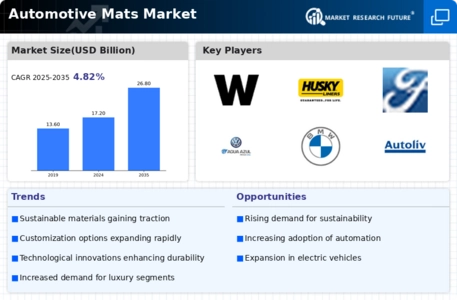
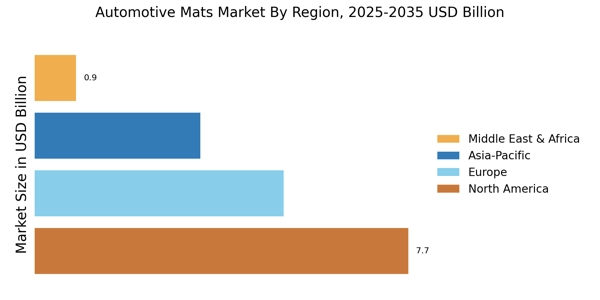

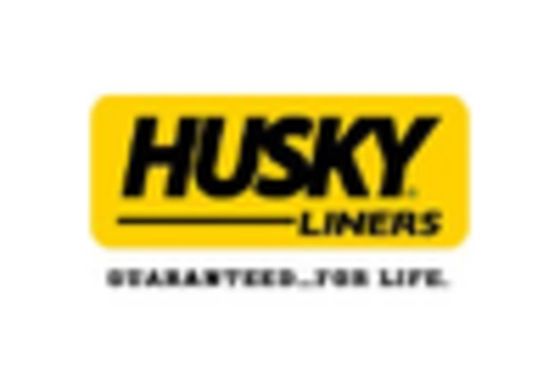
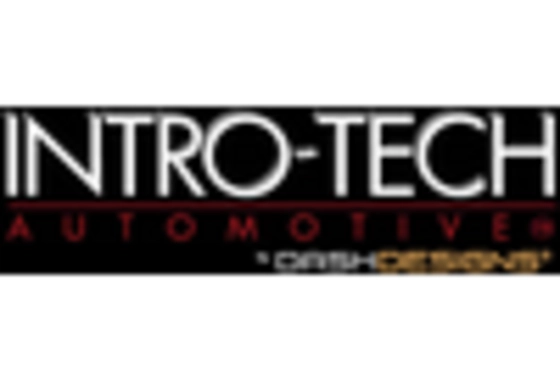
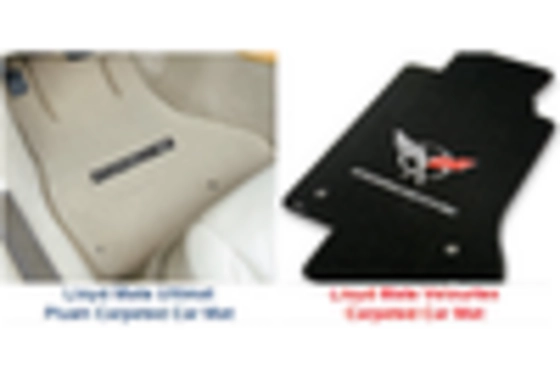
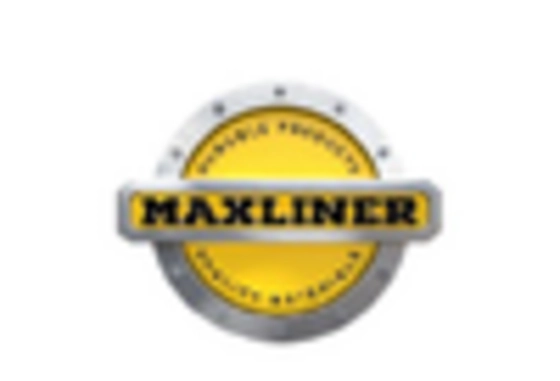
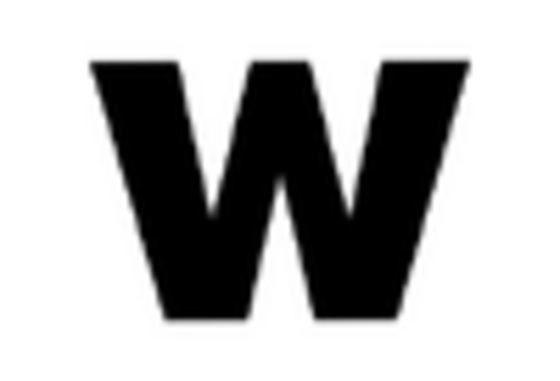








Leave a Comment